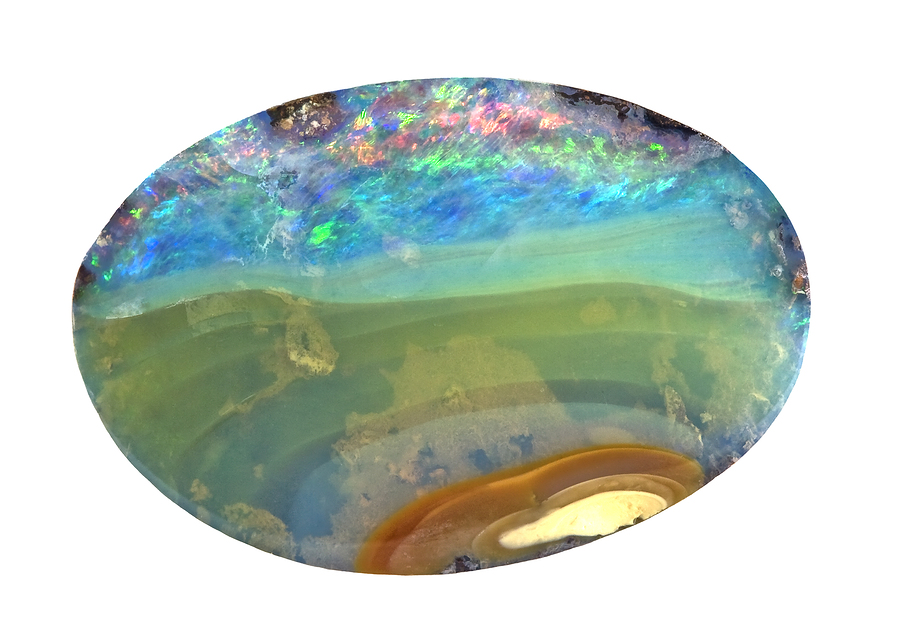
Opal pieces of extraterrestrial origin were found in the meteorite, which is extraordinary because the mineraloid requires water to form
For the first time, pieces of opal have been found in a celestial body. A meteorite named EET 83309 that landed in Antarctica contains pieces of the mineral that did not come from Earth, according to researchers from the Birkbeck College London. Opal is water-bearing, and according to lead scientist Prof. Hilary Downes, it shows that in the early solar system, meteorites were what delivered water to asteroids.
Opal has a unique composition of 30 percent water. Downes and her team of researchers have reaches the conclusion that the opal discovered in the meteorite was not formed while it was stuck in Antarctic ice, but originated before the meteorite was blasted off its parent asteroid. The team also reported that there is increasing evidence that meteorites and asteroids are able to carry large amounts of water ice, and that a large asteroid might have been the source of Earth’s water and the start of life.
Opal is a precious stone formed from silica. “The pieces of opal we have found are either broken fragments or they are replacing other miners,” said Downes in a statement. “Our evidence shows that the opal formed before the meteorite was blasted off from the surface of the parent asteroid and sent into space, eventually to land on Earth in Antarctica.”
Meteorite EET 83309 is made up of thousands of broken pieces of minerals and rocks. This means that it originally came from the broken up surface of an asteroid. While it was still part of the asteroid it was exposed to solar wind and radiation from the Sun.
EET 83309 has fragments of many other kinds of meteorites embedded in it, which means that it sustained many impacts while still part of the asteroid, and has brought pieces of rock from other parts of the solar system. Downes believes that one of these impacts brought water ice to the asteroid’s surface, which allowed the opal to form.

Leave a Reply